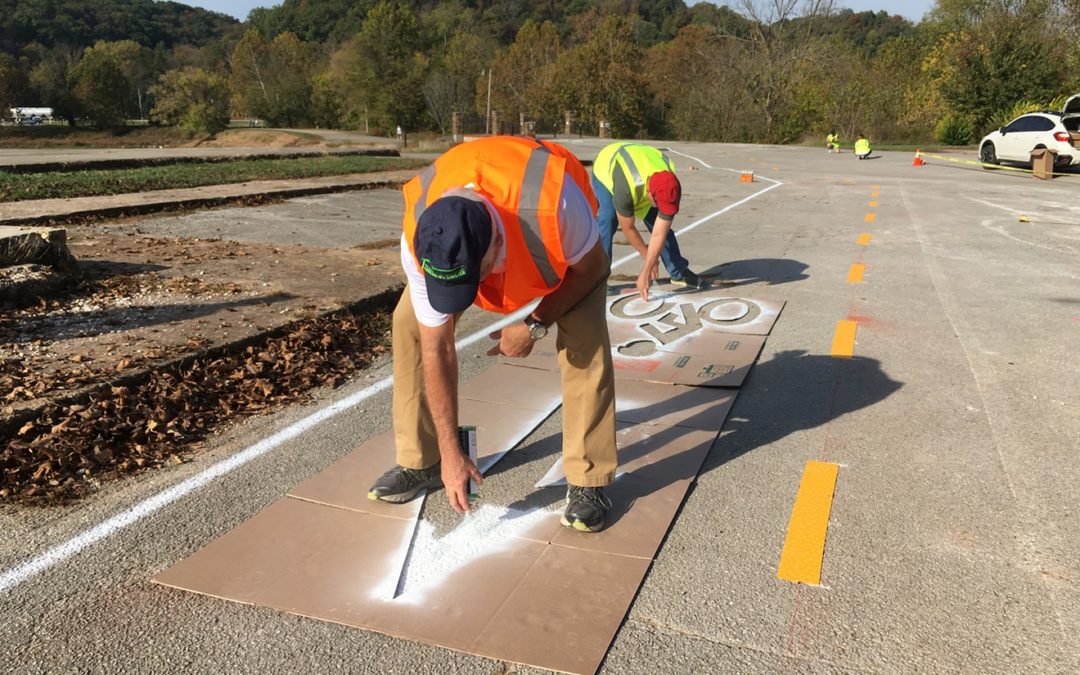In Miami, a city of drivers who pride themselves on outracing and outspending those in the next lane, public transportation is often underused. Alice Bravo, the director of Miami-Dade County’s Department of Transportation and Public Works (DTPW), has set out to change that fact. Together with the Transit Center Agency, a New York-based nonprofit that recently granted $150,000 to the cause; and Green Mobility Network, Miami’s local transportation nonprofit, the DTPW has launched the Transportation Quickbuild Program, designed as an alternative to typical transportation projects that take years of planning and funding from various partners. Its Quickbuild Challenge invites Miami citizens to submit ideas for “quick-build” projects within their communities, offering residents the chance to realize their creative visions for a pedestrian-and-bike-friendlier Miami.
“There will be five workshops that the project will be hosting to provide people more information and get different organizations and municipalities to come and spread the word about what we’re doing. We want everyone to get involved and take ownership,” Bravo says.
The workshops will help with outreach and facilitating connections between city departments and residents, and the contest will begin the date of the first workshop, January 30. You can submit your ideas through May.
Meanwhile, a selection committee will be formed in the coming weeks that will evaluate and present the submissions in ranked order to the DTPW, and the most thought-out, creative, and feasible concepts will be tested by the department for permanent implementation.
“Teaming up with Green Mobility Network and tapping into the tactical urbanism conversation is an opportunity for the department to further engage the community and help develop transportation solutions together,” Bravo says. “This way, we’re hearing directly from users who know what they want, and we’re able to test projects they deem important that will lead to enhancing their experience.”
Knowing what the users what is important and is the foundation of a wider initiative the DTPW has launched to lure Miami residents to public transit. Last year, it partnered with the New Tropic and Prism Creative Group to create Miami’s Never Moved Like This, a series of special events, including food pop-ups and live music, to get locals on the same vibe, transit-wise.
“The time is right for this in Miami,” says Tony Garcia, a principal in Street Plans Collaborative and leader of the Miami office. “I’ve never seen the community as mobilized as they are right now. This is reflected in internal change within the county as well. The fact is that we couldn’t do this program without the support of our partners within MDT [Miami-Dade Transit] and the support of our elected officials… This program is a way to help get [the Miami-Dade Metropolitan Planning Organization and the Florida Department of Transportation] moving.”
The DTPW recently released an updated version of its Transit Tracker App, where users can track buses and Metrorail trains in real time. The department has also been giving away many Easy Cards preloaded with a seven-day pass at participating local businesses, according to Prism. The department has also added air conditioning and free Wi-Fi to bus stations and helped bring about the Underline project, which is slated to transform the land below Miami’s Metrorail along South Dixie Highway into a ten-mile linear park, urban trail, and living art venue. By bringing more attention to these projects and events, Bravo says, “we bring more attention to public transport. We’re lucky we have the Metro and that it was built when it was.”
So what kind of ideas is Bravo seeking in the Quickbuild Challenge?
“I hope to see more technical solutions in our city’s landscape: responsive crosswalks, intersections, alternative and technological implementations… In five years, I [predict] more people using car pools, ridesharing, and using transit to save travel time with new applications from emerging technologies that we can’t imagine yet today, but building on our adaptive “smart” signals. In ten years, I think autonomous vehicles combined with ridesharing will have changed how we move people and goods significantly.”
“Well, the entire point is to think on much shorter timelines than ten or even five years,” Garcia points out. “My hope and vision for this program is that in two years, we will be able to look back [and] have created several miles of new protected bike lanes, trails, and greenways and that we will have gotten at least one SMART Plan [Strategic Miami Area Rapid Transit] route on the ground — to say nothing of the numerous bus benches, shelters, crosswalks, signs, and other improvements which [can be made] at a nominal cost. Overall, in ten years, if the SMART Plan is implemented, I think we’ll see a 20 to 30 percent drop in car mode share. Not to mention that in ten years, we will have far more flexibility with our road space than we do today thanks to self-driving cars.
“Think of all the on-street parking that will not be needed when cars can be summoned on demand,” he says. Now that’s something every Miami citizen can get behind.

